Wilhelm Schimmel W206 Grand Piano
-
The Wilhelm Schimmel W206 Tradition comes in at just under 7 feet and is built to offer consumers a true, European handcrafted grand piano at a price point usually reserved for pianos of Asian origin. The W206 shares much in common with the Schimmel Classic series made in Germany, and even receives final voicing and preparation at the Schimmel plant in Braunschweig.
Description
Piano Overview
While Schimmel has been making pianos in Germany for more than 130 years, first in Leipzig and now in Braunschweig, they’ve also had a very successful operation going in Poland since the early 2000s. Original branded Vogel, the Polish-made grand and upright pianos are now referred to as the Wilhelm Schimmel and occupy a fairly unique place in the piano industry.
Along with C. Bechstein’s W. Hoffmann lineup made in the Czech Republic, Wilhelm Schimmel offers piano buyers a European option in a part of the market that leaves most people deciding between a Kawai or Yamaha.
The W206 is a fully handmade piano that delivers a European sound experience and competes very well against the popular Kawai GX-6 and Yamaha C6X.
If a German piano exceeds the budget, but you’re looking for a performance-grade acoustic piano that sounds and feels European, without sacrificing the quality of craftsmanship, the Wilhelm series W206 might be the perfect fit.
Action
The Wilhelm W206 Tradition features an action designed in Braunschweig by Schimmel’s top engineers and built entirely in Europe.
While not as advanced or refined as the action in Schimmel’s top Konzert series, it does perform somewhat close to the actions in the Classic series, if albeit with slightly less control.
That said, this is nonetheless a very fluid action, delivering an enjoyable playing experience and is clearly born of solid workmanship.
Tone
Schimmel grand pianos in the past were often called bright, but that’s changed over the past few years. The Wilhelm Schimmel brand is known for a slightly darker tone that still offers distinctly European clarity.
The bass is big and beefy as would be expected from a new piano in the 7-foot range, as is the sustain. The tone is probably the biggest thing that would compel someone to choose a W206 over a GX6 or C3X, so it’s important that you hear one in a showroom to get a true sense of the tone.
Hammers
Like all but three piano manufacturers, Schimmel outsources their hammer manufacturing. Wurzen supplies the hammers for the Wilhelm Schimmel, which are actually the same hammers found in the German Classic series – dual felted with a Beech core. There’s a strong value proposition here with this Polish piano using the same hammers as a German instrument.
Soundboard
Those familiar with piano manufacturing will know the importance of a good soundboard. Schimmel uses high-quality Bavarian white spruce in the W206 to ensure an excellent tone. Japanese pianos tend to use Sitka, so the use of white spruce is a big factor in the different tonal profiles the W206 offers.
Cabinet/Rim
The W206 features a thick, hardwood rim built to house the instrument and help provide projection. Finishing touches are completed in Germany.
Specs
| Size | Length | 6’10” (206 cm) |
| Width | 59" (148 cm) | |
| Depth | 40" (102 cm) | |
| Weight | 838 lbs (380 kg) | |
| Available Finishes: | Polished Ebony, Polished White, Polished Mahogany | |
| Warranty | 10 Ten Year Warranty applicable to original purchaser |
Reviews (0)
Be the first to review “Wilhelm Schimmel W206 Grand Piano” Cancel reply
You must be logged in to post a review.
You may also like…
Grand Pianos
Schimmel Grand Pianos
W. Hoffmann Grand Pianos
Schimmel Grand Pianos
Grand Pianos
ED Seiler (Eduard)
Grand Pianos
Schimmel Grand Pianos
Related products
Grand Pianos
Grand Pianos
Grand Pianos
Grand Pianos
Grand Pianos
Grand Pianos
Grand Pianos
Grand Pianos
Grand Pianos
Grand Pianos
Grand Pianos
Grand Pianos





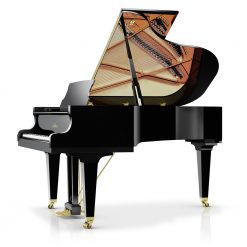

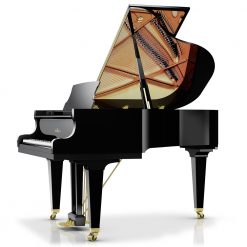
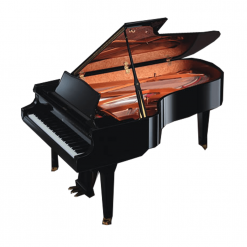
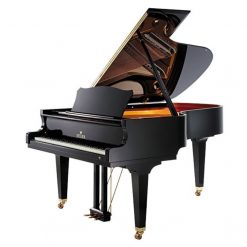


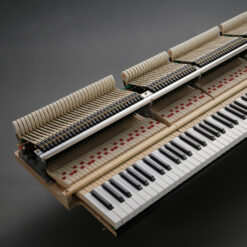



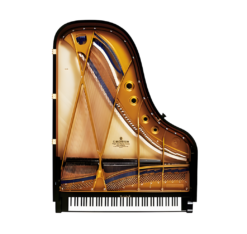

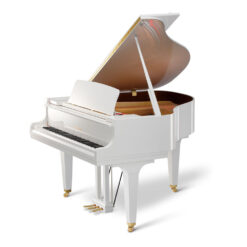



Reviews
There are no reviews yet.